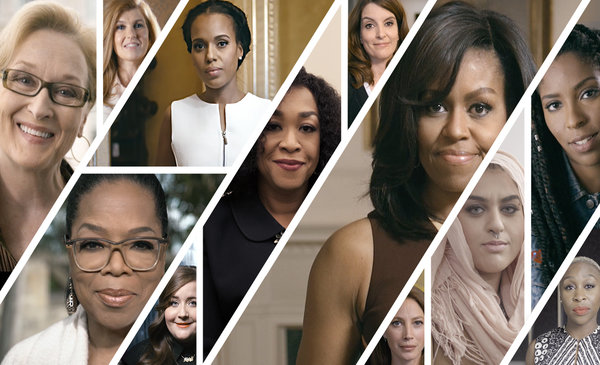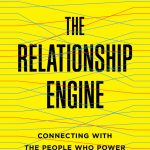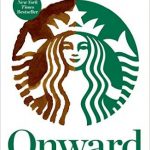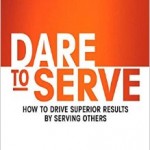
“Girls rule the world” was cited as a top disruptive marketing trend by Geoffrey Colon a few months ago here on Branding Strategy Insider.
But this trend extends beyond just ruling the world. Across society, cultural norms are being challenged by ideas of what women are capable of and how they should be regarded. Just recently, a L.A.-based sitcom writer told me that a network executive asked their show to remove a scene where the female lead was eating because, ready for this? “Nobody wants to see a woman eating in prime time.” Yep, true story.
Ideas of women being single and empowered, body positivity, and increased demand for diversity everywhere is helping to propel many related trends concerning women. Here are a few brands should take note of:
1. Out Of The Box: While we hope better data will lead to more informed and nuanced market profiling, it is still too easy and common to assume that most women want to get married and have children. Of those who want to get married, many are doing so later in life, and in most of the western world, fewer women are having children. Or, they are at least having children much later in life. Some brands are reimagining the narrative for single women. Take Singles Swag, a subscription service that treats subscribers to a collection of curated products based on preferences. While the concept of subscribing to a monthly service is not new, the narrative and targeting for this one is. Brands can learn from this by getting creative with narratives and applying them in ways that allow successful concepts to be remixed.
2. From Shhhh To Chic: Back in 2015’s Future 100, JWT Intelligence cited a trend that “previously taboo aspects of femininity are being brought to the forefront of cultural discourse.” We started to see some feminine care products getting a makeover, but now this trend is going global, even in more conservative societies.
At the 2016 Summer Olympics in Rio, Chinese swimmer Fu Yuanhui told an interviewer that her failure to take home a medal was in part because, “I just got my period yesterday and I’m still a bit weak and really tired.” CNN’s account of this says she ‘smashed taboo and won the internet.’ As JWT notes in this year’s Future 100, China launched its first domestic tampon brand called Femme. It is being marketed as a premium product aiming to dispel the stigma around tampon usage. By smashing taboo, and empowered by social media, barriers are coming down where real results in health, education and quality of life can be seen.
3. Body Positive: Nearly a decade ago, Dove stunned the world with its ‘real beauty’ campaign. But last year in London, a weight-loss ad by Protein World prompted a major backlash when an athletic bikini-clad model was featured with the headline “Are You Beach Body Ready?” A vocal group of critics felt the message was intended to make individuals feel inferior and while the brand tried to fight back, so did London’s mayor. In a press release, the mayor’s office said that “from [August], Transport for London will not allow ads which could reasonably be seen as likely to cause pressure to conform to an unrealistic or unhealthy body shape, or as likely to create body confidence issues, particularly among young people.”
Today, in the U.S., 67% of women are over a size 14 yet they are reflected in only 2% of imagery. As real life photography is more readily available and user-generated content increases, brands need to be mindful of being inclusive and of the impact they can have on a society that seems to be increasingly demanding of a more accurate reflection of the world we live in. But if the world we live in is less healthy, brands need to be cautious about how much they reflect versus how much they can motivate and inspire.
Another way to look at these examples is to see them less about empowerment, and more about acknowledgement and acceptance. As we fast approach the end of the year, we can see 2016 has had a shocking and polarizing effect across many societies. Fake news, the diminishing notion of political correctness and many other effects have left many wondering “What is real?” and “Who can I relate to?”
Brands that answer those questions smartly and sensitively will better align themselves with our changing world as well as gain new customers and advocates in the year ahead.
Don’t let the future leave you behind. Join us in Hollywood, California for Brand Leadership in the Age of Disruption, our 5th annual competitive-learning event designed around brand strategy.
The Blake Project Can Help: Accelerate Brand Growth Through Powerful Emotional Connections
Branding Strategy Insider is a service of The Blake Project: A strategic brand consultancy specializing in Brand Research, Brand Strategy, Brand Licensing and Brand Education
FREE Publications And Resources For Marketers



















